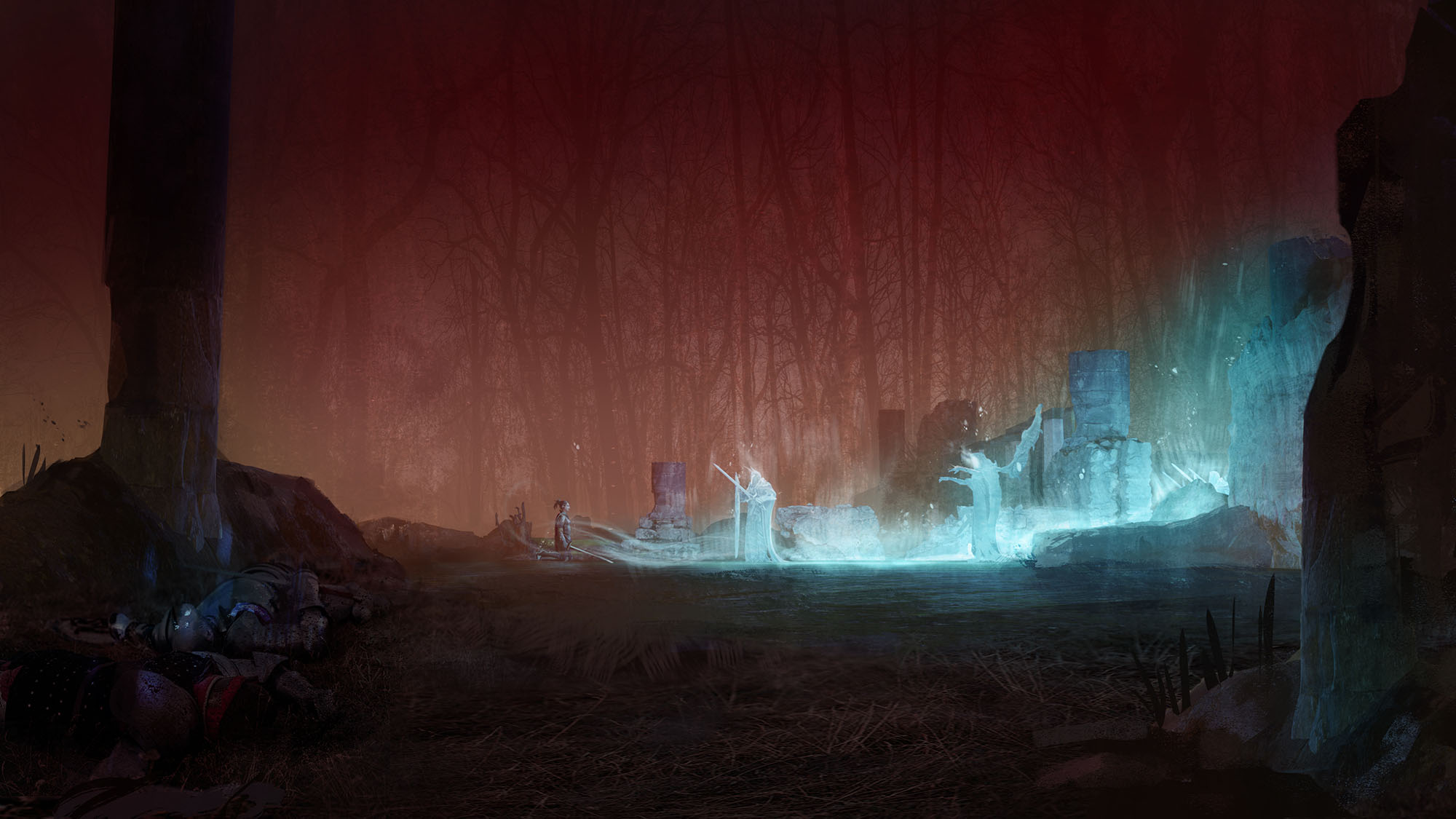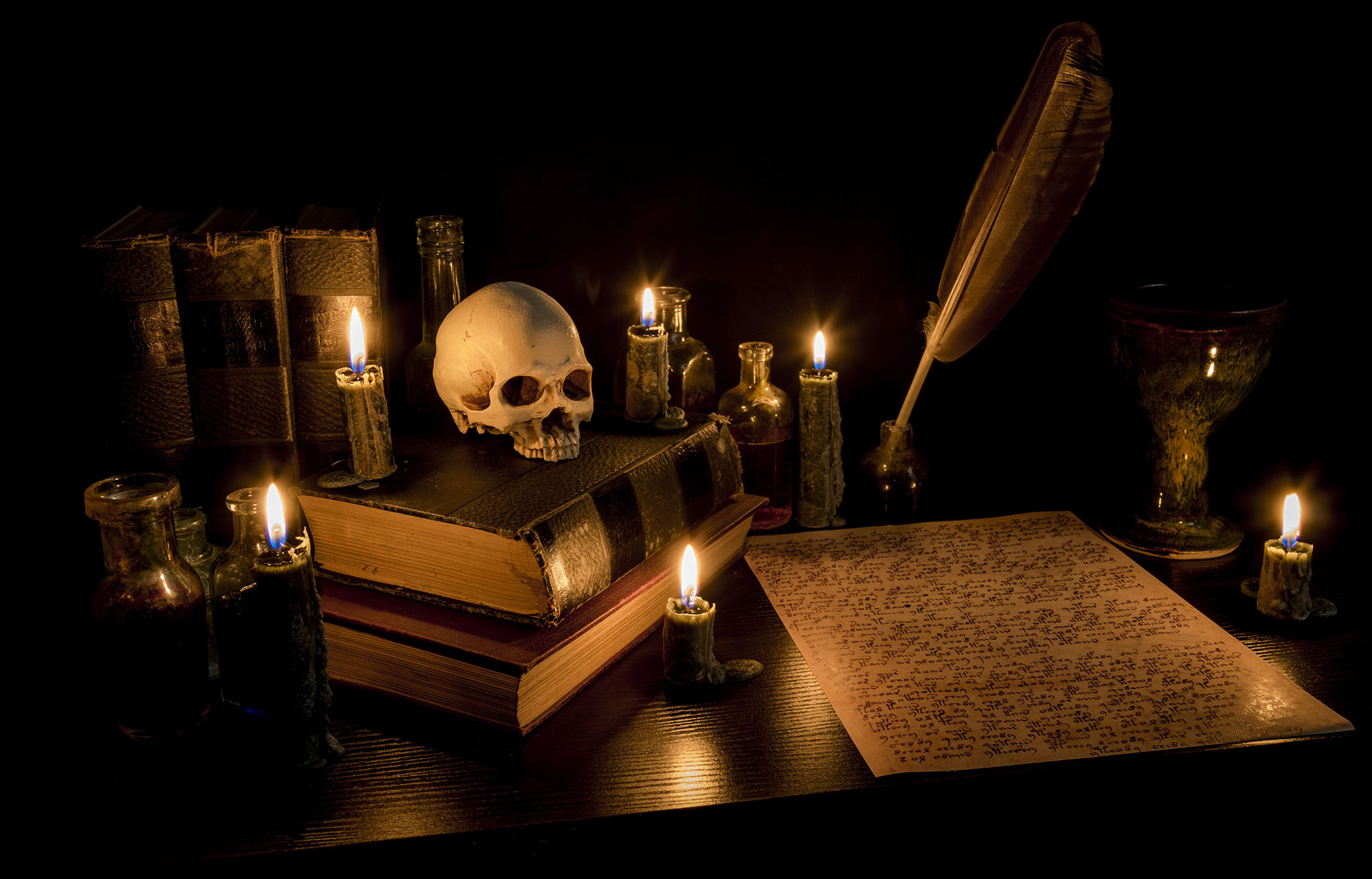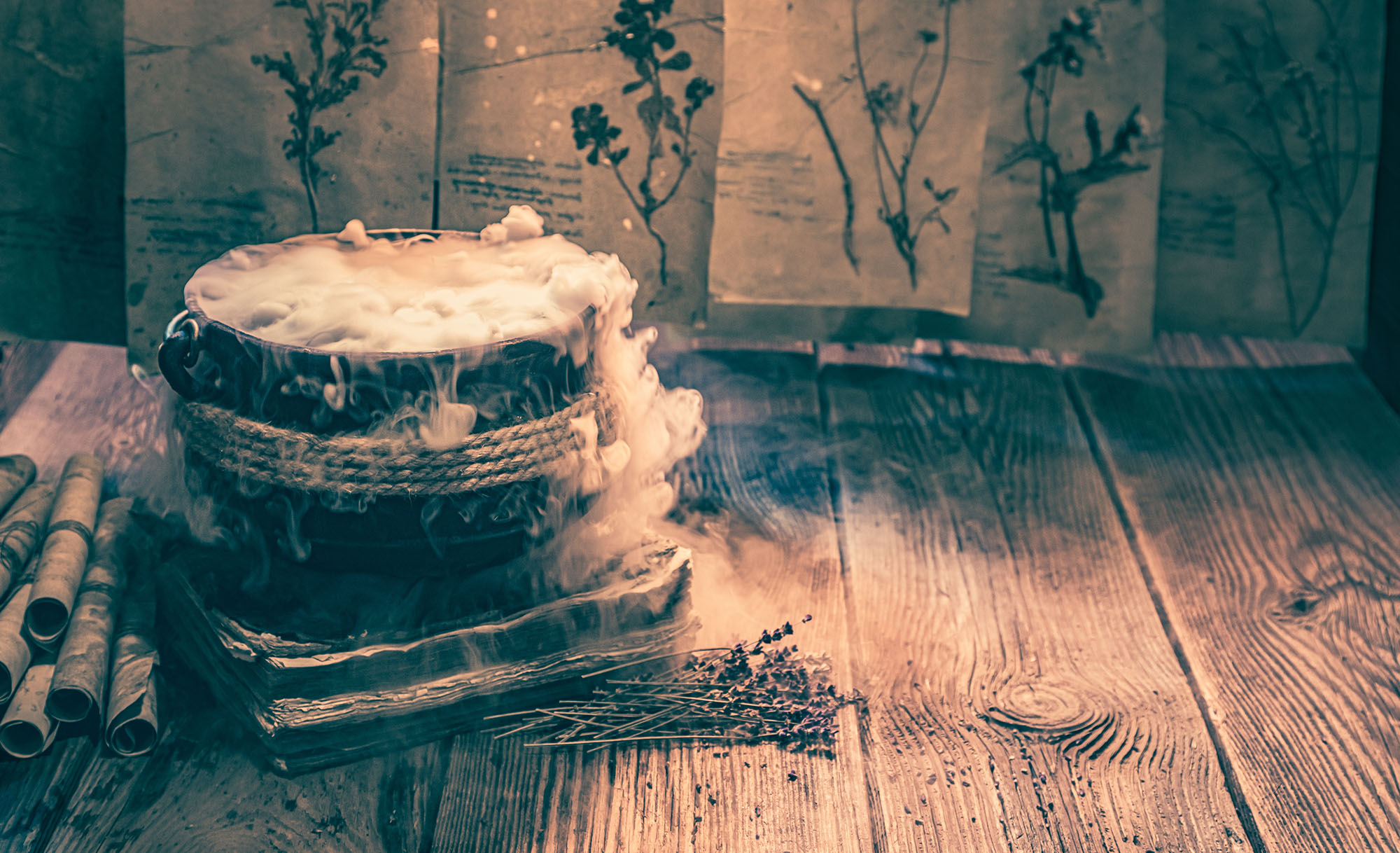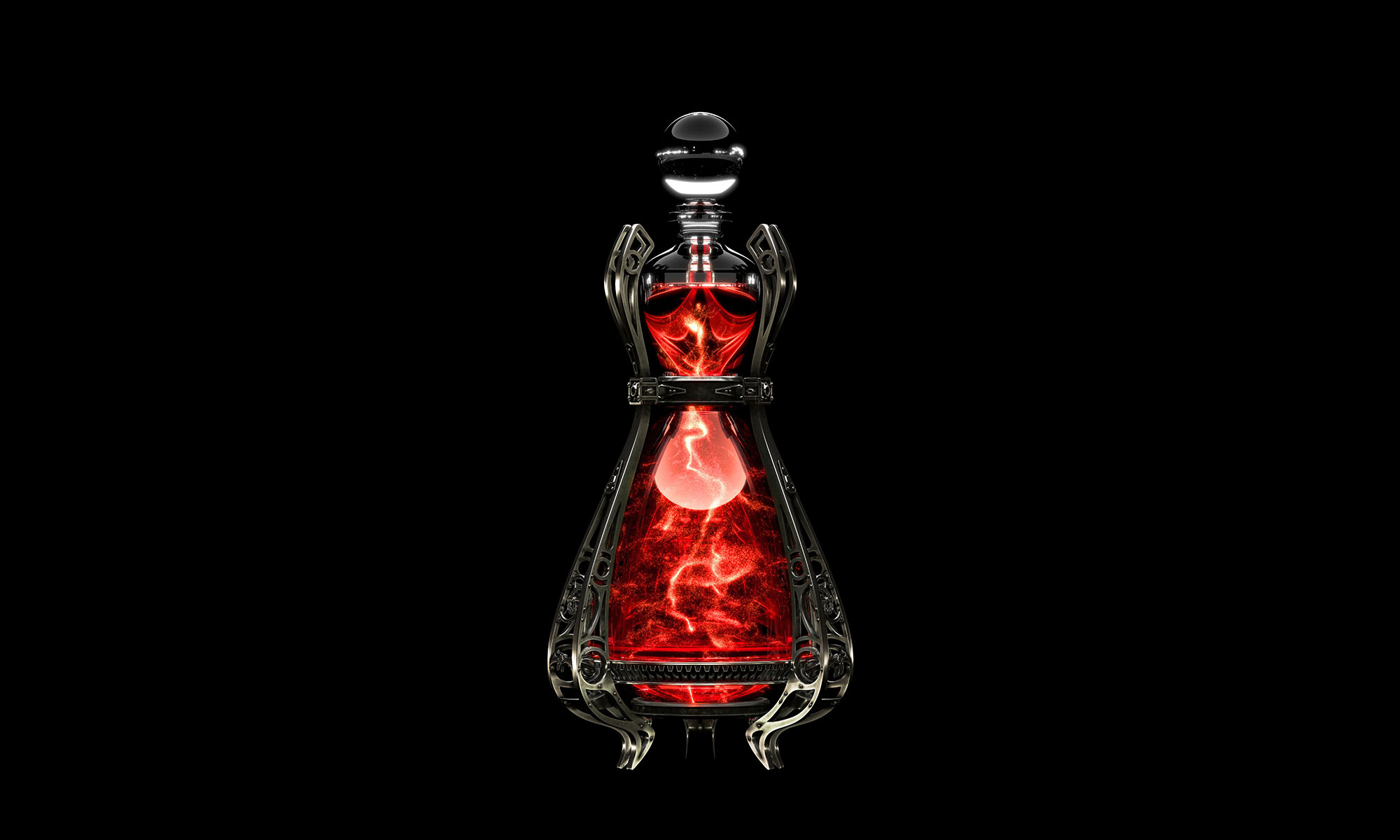Astonishingly dense arcane runes cover every side of incredibly complex origami structures. In some places, translucent onion-skin has been layered over the paper, creating sections in which the runes are overlaid with each other, forming inscrutable and ever-shifting patterns.
A proper understanding of the origami folds — and the multiple orientations in which they are designed to be read — allows one to begin unraveling a truly innovative method by which glyphs of warding can be interwoven.
INTERWOVEN GLYPHS
Interweaving glyphs of warding requires an Intelligence (Arcana) check (DC 10 + the total level of the interwoven glyphs). Interwoven glyphs of warding are:
- Simultaneously triggered.
- More difficult to find and disable, increasing the DC of the checks to do so by +2 per additional glyph.
- More difficult to identify, requiring an Intelligence (Arcana) check of DC 10 + the total level of the interwoven glyphs of warding.
Each glyph of warding must be cast in sequence and without interruption. If the sequence is interrupted or the Spellcraft check fails, the glyph of warding spells are all lost to no effect.
The total level of glyphs is based on the level of the casting of glyphs of warding for explosive runes, or the level of the stored spell for spell glyphs.
ADVANCED SYMBOLOGY
Among the origami notes describing the interweaving of glyphs of warding, there is also an incomplete treatise analyzing how symbol spells could also be interwoven (both with each other and with glyphs of warding).
If completed, this advanced methodology would also raise the saving throw DC of all interwoven glyphs or symbols to the highest DC among all of the interwoven glyphs and symbols.
However, because the research has never been completed, a PC interested in these techniques would need to finish perfecting them as a downtime research project. (See p. 338 of So You Want To Be a Game Master.)
















